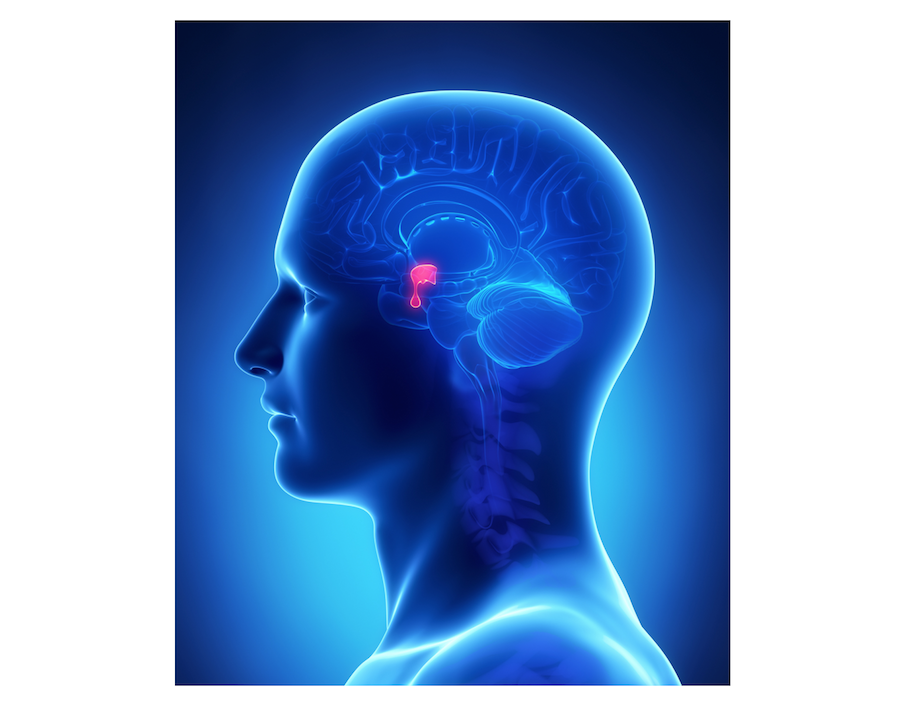When you feel sad your brain sends signals to the endocrine system to release hormones to your ocular area it does this in the form of tears which is why we cry when we re emotionally distressed

When you feel sad, your brain sends signals to the endocrine system to release hormones to your ocular area. It does this in the form of tears, which is why we cry when we’re emotionally distressed.
Have you ever wondered why tears flow when you’re feeling sad or emotionally overwhelmed? Well, the answer lies in our incredible human biology. Our brain and endocrine system work together in a fascinating way to release hormones that result in tears when we experience intense emotions.
The Brain-Endocrine Connection
The brain and the endocrine system have a close relationship, constantly communicating with each other to regulate various bodily functions. The endocrine system consists of glands that produce and release hormones, which are chemical messengers that travel through the bloodstream to different parts of the body.
When we feel sad or emotionally distressed, our brain sends signals to the endocrine system, specifically to the glands near our eyes. These glands are known as the lacrimal glands and are responsible for producing tears. The signals from the brain stimulate the lacrimal glands to release tears.
The Hormonal Response
The release of tears is a result of the endocrine system responding to the signals from the brain. These signals trigger the release of specific hormones, such as prolactin, adrenocorticotropic hormone (ACTH), and leucine-enkephalin, which are involved in regulating our emotions and stress response.
Prolactin, a hormone primarily associated with breastfeeding, has been found to increase during emotional situations. It is believed to have a connection with emotional responses and plays a role in promoting nurturing behaviors and bonding.
ACTH, produced by the pituitary gland, stimulates the adrenal glands to release cortisol, commonly known as the stress hormone. This hormone helps our body handle and respond to stress, including emotional stress. Interestingly, cortisol also influences the production of tears.
Another hormone, leucine-enkephalin, is related to pain relief. It is released in response to emotional distress and has been found to have a calming and soothing effect on the body.
The Tears: Physical and Emotional Release
Tears serve a dual purpose: they not only help lubricate and moisturize our eyes but also serve as a physical and emotional release. When we cry, our body undergoes physiological changes that can provide relief from emotional distress.
Research has shown that tears shed in response to emotional stress contain more stress hormones and toxins, indicating that crying helps cleanse our bodies of these substances. This could explain why many people feel a sense of relief and release after crying.
Conclusion
The connection between our brain, endocrine system, and the act of crying is truly remarkable. It demonstrates the intricate ways in which our body responds to emotions and stress. So, the next time you find yourself shedding tears during a sad movie or a difficult moment in life, remember that your brain and endocrine system are working in harmony to provide you with a natural way to cope with and release your emotions.
Sources:
- Silverstein Eye Centers. “Read It and Weep: How Our Eyes Produce Different Types of Tears.” Available at: silversteineyecenters.com
Images:
Share
Table Of Contents
Related Posts
Quick Links
Legal Stuff



